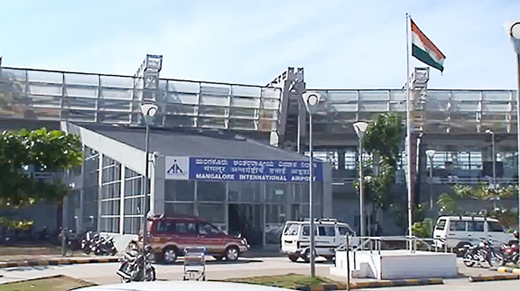
MIA extension gets AAI approval
Mangalore Today News Network
Mangaluru, June 16, 2016: MIA Mangaluru International Airport, director J.T. Radhakrishna told media that the additional taxiway being built at the airport since August, 2014 was 1,200 metres long and 23 metres wide. Its work is expected to be completed in the next two months. The board has now approved to extend the taxiway further by another 1,200 metres to make it a 2,400 metres long taxiway.

Airport will have a long additional taxiway as the Board of the AAI, Airports Authority of India, has approved the extension of the taxiway being built now. Taxiway is the stretch or the track connecting the runway with the apron (parking stand for aircrafts) in the terminal building. Aircraft use the taxiway for entry and exit from the parking stand to the runway.
At present, Phase I work under progress was being implemented at a cost of Rs. 40 crore. The Phase II work would cost Rs. 120 crore as a deep valley would have to be filled. The valley is about 35 metres deep.
The additional taxiway particularly helps aircraft in saving time in the entry and exit from the parking stand to the runway. Director Radhakrishna said that as of now, aircraft that are ready to take off have to wait for 10 to 15 minutes if their departure timing clashes with a flight that is scheduled to land, due to the procedures involved. It has to wait till the arriving plane completes its course on the runway and rolls into the apron.
With the additional taxiway in place, aircraft could move from the parking stand, wait in the additional taxiway and enter the runway for take off immediately after the plane that has landed exits the runway. Once the additional taxiway is ready, there would be separate and fixed entry and exit paths. The additional taxiway particularly helps in the long run when the number of flights increases in the airport. MIA director said that bids for taking up the II Phase work is likely to be called in October. The works might start from January or February 2017. The work would need at least a year to complete.